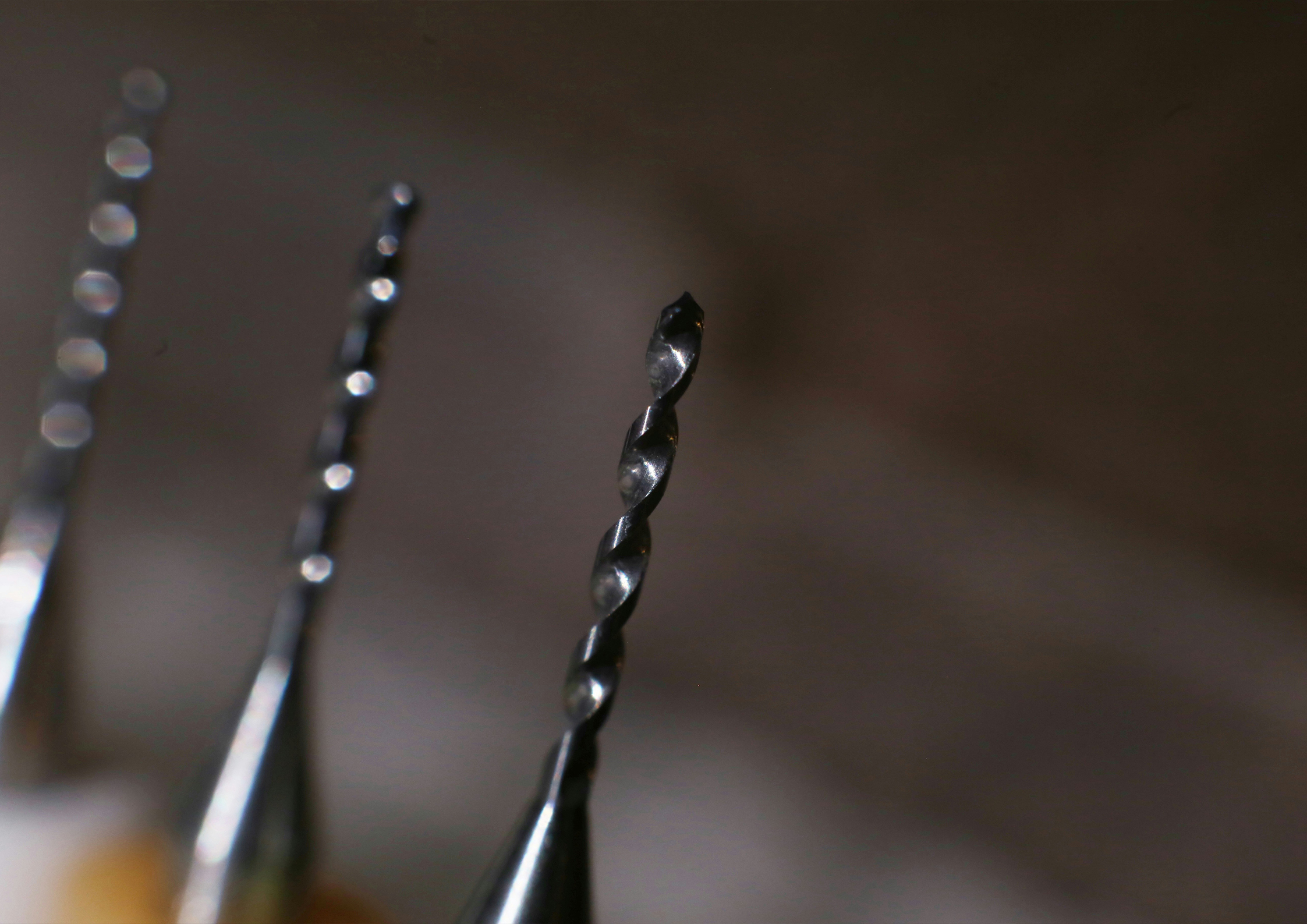Over 70% of machine parts are assembled through holes’ connection. Various sizes of the screw holes, pin holes and rivet holes on parts are needed for this connection purpose. Drilling, tapping, reaming and boring are manufacturing methods...
Share
Over 70% of machine parts are assembled through holes’ connection. Various sizes of the screw holes, pin holes and rivet holes on parts are needed for this connection purpose. Drilling, tapping, reaming and boring are manufacturing methods to make different sizes, accuracy, shape and roughness of the parts’ holes.
Drilling: where to drill a hole or holes on the workpiece, which is most basic step in hole processing. Generally, the holes for the parts connection are needed further reaming or tapping or boring to meet the specific requirements on dimension, accuracy and roughness.
Reaming: as a finishing step for a hole with a reamer, which is often used after drilling and expanding small and medium-sized holes and can also be used for pre-processing before grinding or grinding holes. Reaming can only improve the dimensional and shape accuracy as well as surface roughness of the hole, but cannot improve the position accuracy of the hole, nor can it correct the misalignment of the hole axis. Generally, the dimensional accuracy of reamed holes can reach IT7 to IT9, and the surface roughness JPRa value can reach 1.6 to 0.8 μm.
Boring: Semi-finishing and finishing large and medium-sized holes with a boring cutter on a machine is called boring process. The dimensional accuracy of boring holes can generally reach IT7 to IT10
Tapping: refers to using a certain torque provided by manual or mechanical operation to screw a tap into the bottom hole to process internal threads.